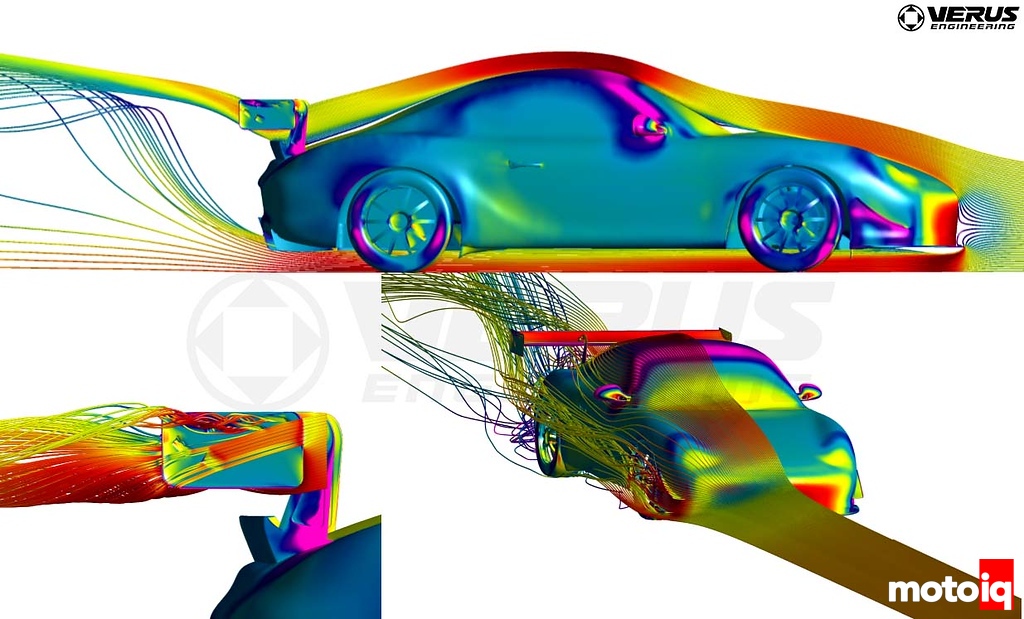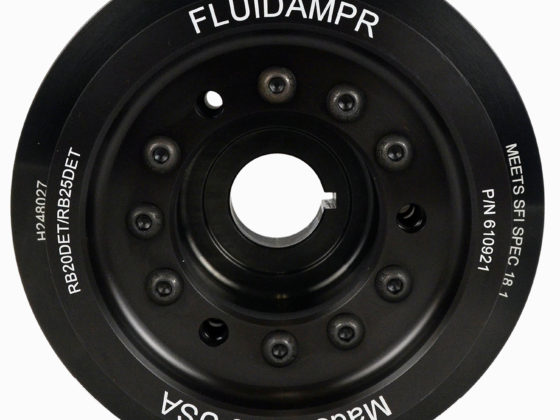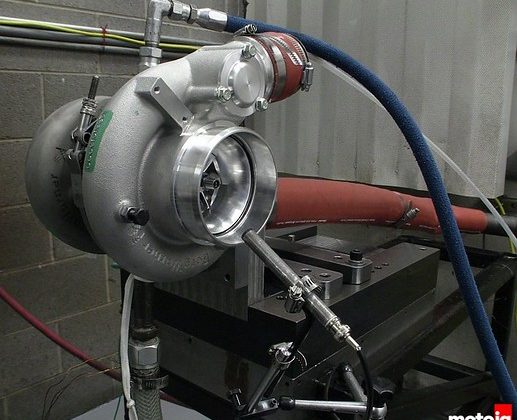
This panel makes our car a complete flat bottom. It complements the OEM panels and covers where the factory left open. A lot of care went into the design of the undercar aero with the Verus Engineering kit. The flat bottom panels has vent holes for the headers and CV joints.

These parts are the 3 pieces of the rear diffuser which are made of dry carbon. The two other pieces on the lower right are the plastic vortex generator strakes. These are made of plastic to be able to take hitting the ground. The two pieces on the left are the dry carbon front canards. Since the splitter is on the short side, these are used to give the car aero balance in the front.

You can see that the carbon of the rear diffuser is fairly substantial to take aero loads.

We got these Composite Concepts GT4 style side scoops that fit the 987. We made the cars side openings functional. We converted the drivers side airbox to be open to the scoop so now its a cold ram air box with the scoop forcing more air into the intake. On the Grand Am cars, a similar setup was good for 7 hp at 100 mph. On the passenger side the scoop now forces more cold air into the engine bay. Since the flat bottom panel makes the engine bay less open to air circulation, we figured that having cold air circulated into the engine compartment couldn’t hurt.

One of the great things about the Verus Engineering system was that the design was optimized through many iterations of CFD or Computational Fluid Dynamics, an analytical design tool using computer simulation. First the base car is digitized and then parts are added and the effects studied. The Verus system went through many iterations on the computer before any physical parts were made and tested. In this rendering surface pressure distribution has the flow patterns superimposed over it.




6 comments
Although I’ll never be able to afford this outrageous Carmen, I’ve been interested in the Caman since it’s inception – it just made sense even if Porsche “put the lid on its development to preserve their 911 market. I always believed in the Cayman concept like a newly converted religious sinner! I will never even see much less drive this highly developed iteration of the Cayman. But, I greet it as the very best Porsche ever built and potentially if not presently The Best Sports Car in existence bar none.”The best was expected” and it wasn’t Porsche that delivered!
Well, since the new GT3 finally has double wishbone suspension, I doubt that the Cayman is the best Porsche ever built. But, it is obvious that they have been holding out with MacPherson strut suspension for as long as possible. Finally, the ultimate street Porsche is here…if you can afford it.
And, you can get it with a manual transmission!
https://m.youtube.com/watch?v=wJLmc_M-0ng
Do these renderings mean that there’s not much to gain by raising the rear wing higher? The color of the air hitting the rear wing is the same as the color of the clean air in front of the car.
Yes there were no indicated gains by putting the wing higher. Lower wings usually work better on fastback cars as the flow stays attached to the roofline and deck better.
I remember in the video on the initial build that the plan was to use the hydraulic HLS system to drop the rear of the car in the straights to reduce the rear wing angle and low the drag like a DRS system. Theoretically could you information from a shock travel sensor to continually adjust the height of the front and rear suspension to hold the aero in an optimum height as the car pitches and rolls through braking and cornering?
We are not that smart. Correction the owner of the car doesn’t have the money to pay for the development of that.